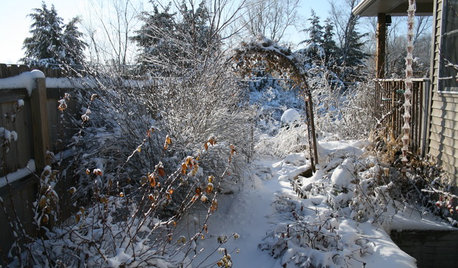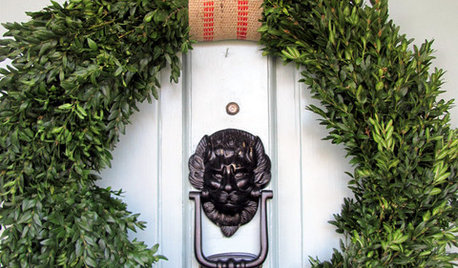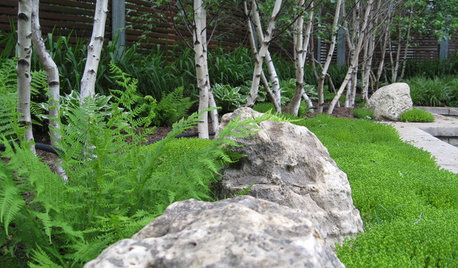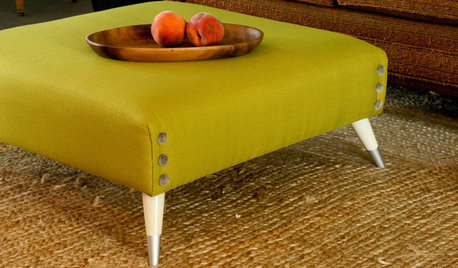Wollemi Pine Q's
scandia
18 years ago
Related Stories

WOODKnotty and Nice: Highly Textured Wood Has a Modern Revival
Whether it's cedar, fir or pine, if a wood has a knot, it's hot
Full Story
GARDENING GUIDESNew Ways to Think About All That Mulch in the Garden
Before you go making a mountain out of a mulch hill, learn the facts about what your plants and soil really want
Full Story
GREAT HOME PROJECTSWhat to Know Before Refinishing Your Floors
Learn costs and other important details about renewing a hardwood floor — and the one mistake you should avoid
Full Story
LIFE6 Ways to Beat the Winter Blahs
Snow and dark days dampening your spirits? These ideas will have you looking on the bright side
Full Story
PETS5 Finishes Pets and Kids Can’t Destroy — and 5 to Avoid
Save your sanity and your decorating budget by choosing materials and surfaces that can stand up to abuse
Full Story
DECORATING GUIDESWhat Goes With Dark Wood Floors?
Avoid a too-heavy look or losing your furniture in a sea of darkness with these ideas for decor pairings
Full Story
CHRISTMAS10 Easy Decorating Ideas for a Festive Entryway
'Tis the season for welcoming guests with wreaths, special lighting and plenty of comfy seating
Full Story
LANDSCAPE DESIGNFor Garden Drama, Consider the Lowly Boulder
A boulder can be a thing of beauty in the landscape. Here are 10 ways to display them to full effect
Full Story
REMODELING GUIDESRenovation Detail: Tongue and Groove Ceilings
As camouflage for damaged surfaces or simply for their rich texture and beauty, tongue and groove ceilings create high impact
Full Story
DIY PROJECTSTurn a Shipping Pallet Into a Stylish Ottoman
Get the step-by-step instructions for upholstering your own mod living room centerpiece
Full StorySponsored
Leading Interior Designers in Columbus, Ohio & Ponte Vedra, Florida



User
cestrum
Related Discussions
Wollemi pine- still Z7?...
Q
Wollemi Pine?
Q
Prehistoric Wollemi Pine at JC Raulston Arboretum
Q
Wollemi pine
Q
trancegemini_wa
scandiaOriginal Author
User
trancegemini_wa
artiew
plantsplus
trancegemini_wa
scandiaOriginal Author
scandiaOriginal Author
louise5
conifer_nut
User
Liatris
wollemia_TC
wollemia_TC
Wooroonooran
Liatris
wollemia_TC
Liatris
TonyfromOz
Wooroonooran
footfullabindiis
Wooroonooran
neonrider
idasusan_cox_net